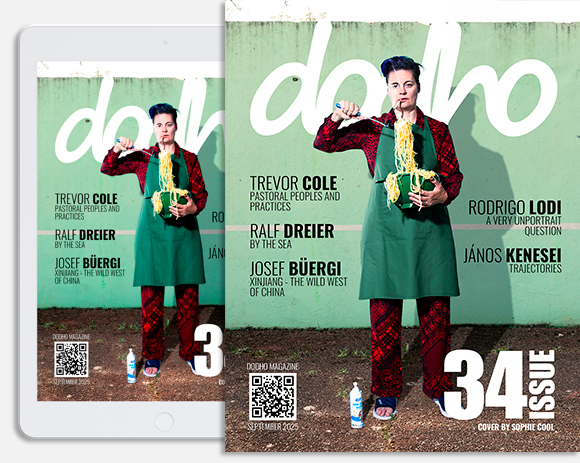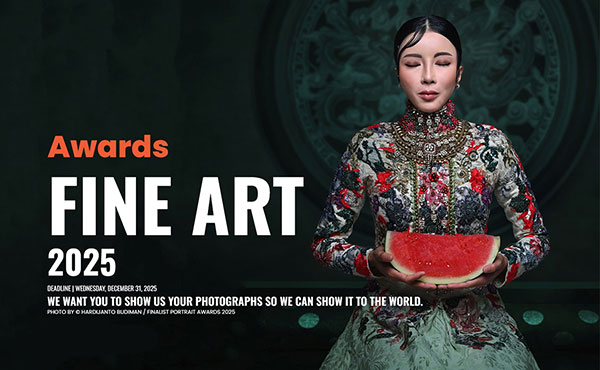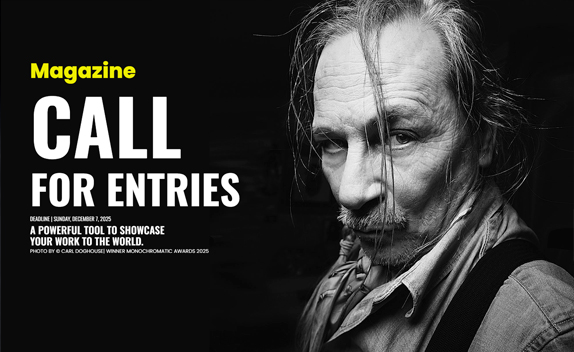After the interview with Paola Francesca Barone, I felt both fulfilled and drained.
Perhaps it is because Paola is a cultured woman who likes philosophical essays; perhaps it is because her intimate photography, stems from a divergence between what she must be and what she has discovered she wants to be; perhaps it is because she is a woman who has been able to accept her fragility in order to come out stronger.
The fact is that, at the end of the interview we did at night, I could not get to sleep, because cages, dreams, multiple dimensions, and fragility kept appearing in my head; all themes that came out forcefully in talking with her about photography.
Paola began photographing as a child, when her father gave her his Zeiss so that she could learn to love the hobby that he so enjoyed and at the same time scolded her because she tended to frame by deviating from the canons of photography at the time. In time Paola directed her photographic interest to architecture, which she slowly interpreted in the purest minimalist style. The decisive step toward conceptual photography she took as a result of two events that occurred in her life almost simultaneously: violent migraine attacks that made her lose control of reality for a few minutes and the forced lockdown that COVID imposed on us.
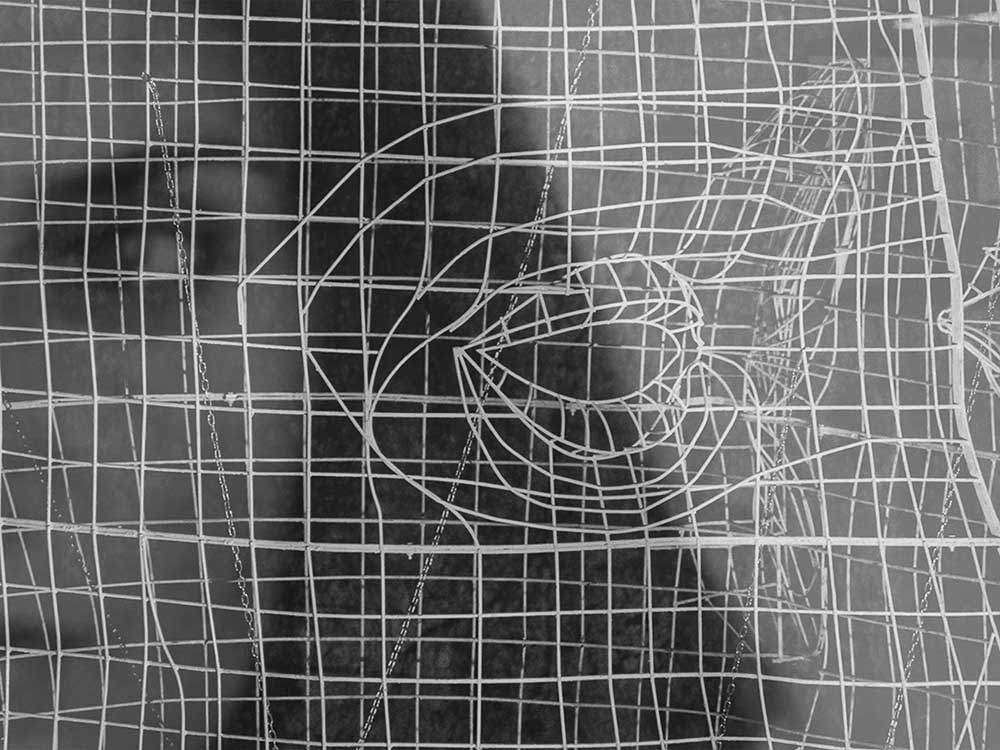
When we all had to lock ourselves in our homes to minimize the contagion, Paola’s family was in the process of moving house; in that circumstance it was decided that she would go to the new house to prepare it to welcome the family and her husband would stay in the old house with the children and then, as soon as possible, move to the new house. In that situation of loneliness and constraint that lasted for several weeks, Paola came to feel completely free. The fact that the reality to which we were accustomed no longer existed, and that, moreover, her personal condition had been disrupted by those violent migraine episodes, generated in her a need for reflection (at first unconscious) that led her to make a deep introspective analysis, prompting her to question and understand herself. This personal process finally led her to turn the camera toward herself, something she had never done before.
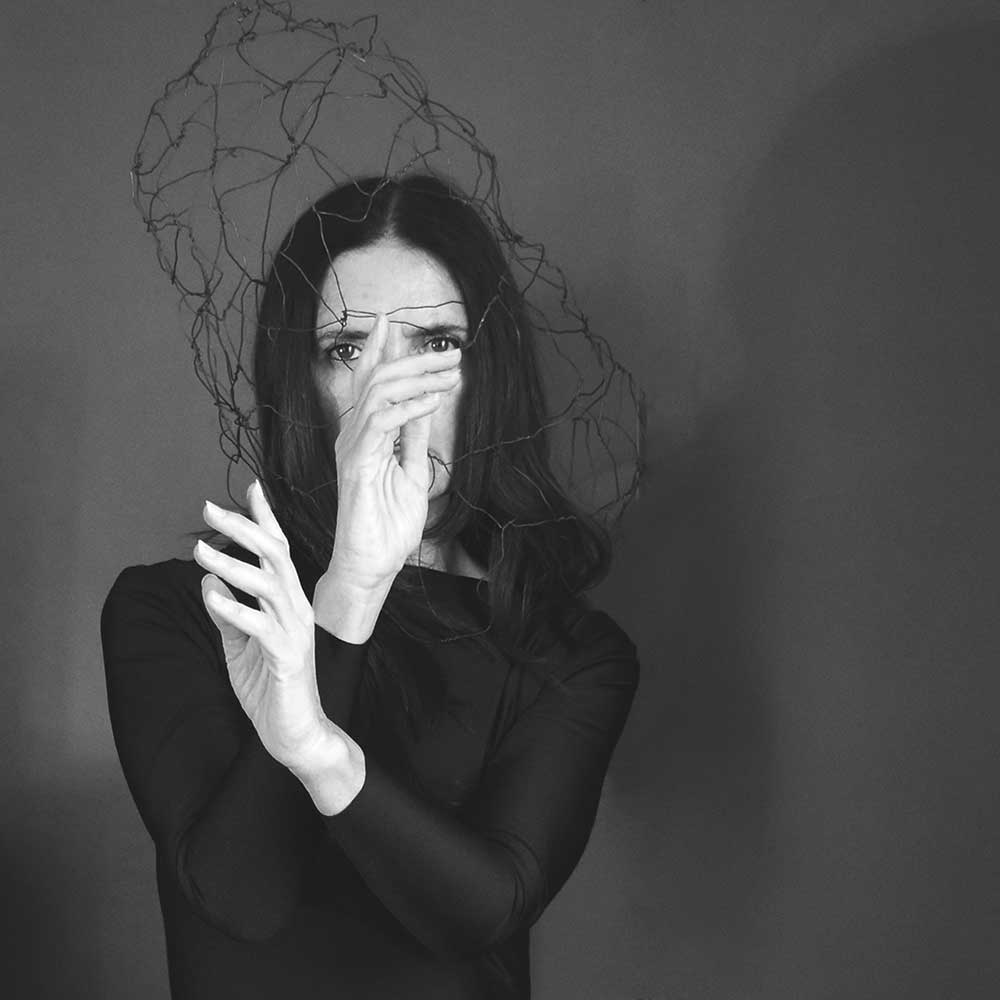
We are often led to think that always turning ourselves outward is the best way to grow; Paola’s experience tells us the opposite: by looking inward one is then ready to see and better understand what is outside. It must be said that not everyone can stand in front of a mirror honestly and come out stronger. One must have courage and be able to face the pain that this “metamorphosis” causes, especially if this fundamental exercise in wisdom has never been done in one’s lifetime.
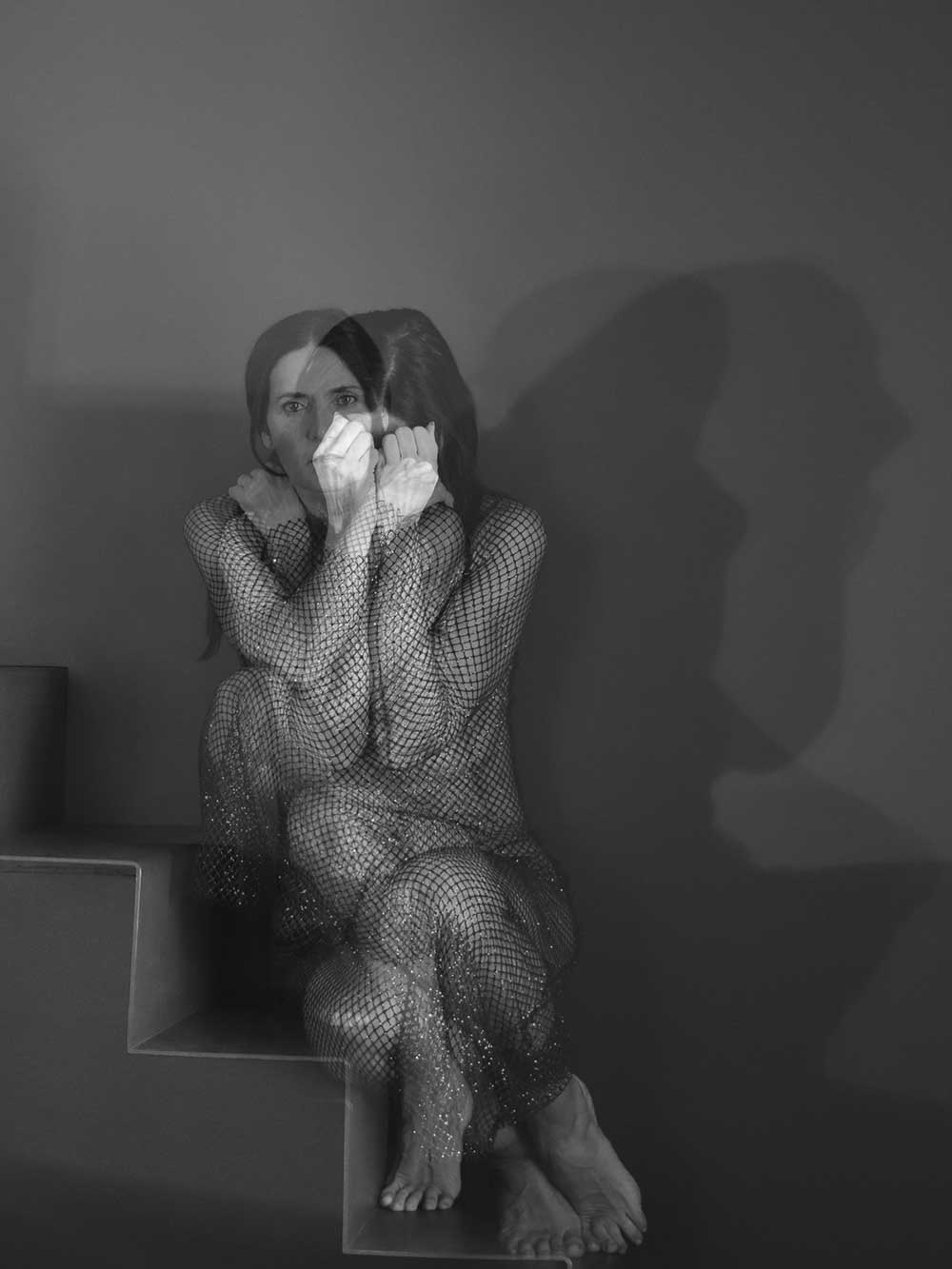
Paola felt that she no longer belonged to herself, felt that she was in a state of captivity, as if she were caged; she became aware of a multiplicity of Paulas within Paola and at the same time, she became aware of wanting to explore all those multiplicities. Photography came to her aid because, by turning the camera toward herself, photography became a necessity, a fantastic means of being able to heal herself, a true therapy. Very often we say that a photographer, in order to be able to transmit, must be aware; in Paola’s case it is not so, she thinks that awareness does not always generate art. Art is born from emptiness and the process she follows to make her work is clear proof of that. Paola believes that “the series” is the form that best represents the messages she wants to convey.
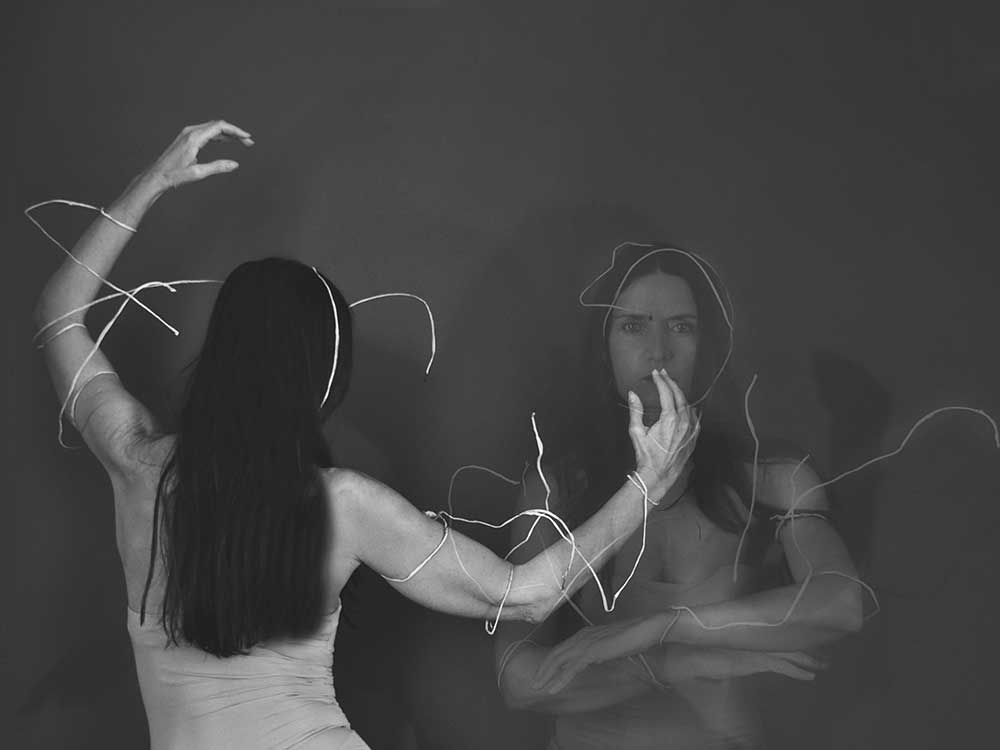
The process always begins with an impulse at once strong and vague that is normally generated by reading, watching a film, some reflection caught in the pages of a newspaper or talking to someone. As she says, “the problem is that of these stimuli I have many in parallel and this makes it much more difficult to concretize and finalize an idea.” Under a strong emotional impulse and when the room in her house that she uses as a set for her self-portraits is free of intruders, she locks herself in it and begins to look at herself, to observe herself, letting her body move to the rhythm of that inner impulse. The room has three windows, which allows her to play with natural light at different times of the day. She often accompanies herself with some objects that she has been retrieving and that help her convey the idea she wants to express. In this peace and silence, she begins to shoot, to move and to shoot; to play with objects and to shoot; to explore the multiple Paolas and to shoot; she tries to give order to the chaos of reality or to give substance to dreams and shoots…as she says: “creating aerial sculptures.” Paola thinks that photography is the best medium to represent our psyche because both are governed by an automatism that is activated completely unconsciously. Her way of taking pictures really seeks that automatism. When she cannot find it in one shot, she uses double exposure because it allows her to superimpose different realities to create a new one.
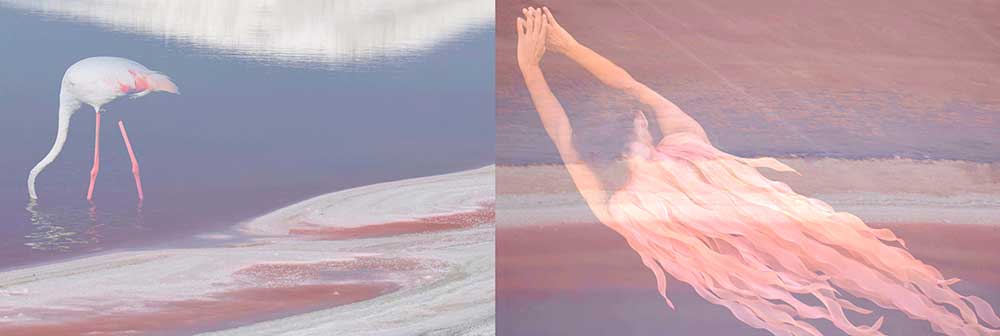
All of what I explained above I think is very evident in the series “Libera Necessitá” which, as she says, is the series that best represents myself. Very present in this series is the constraint imposed by the cage (in this case represented by the sculptures of the Neapolitan artist Teresa Cervo) and the need to escape through one of the multiplicities present in her being.
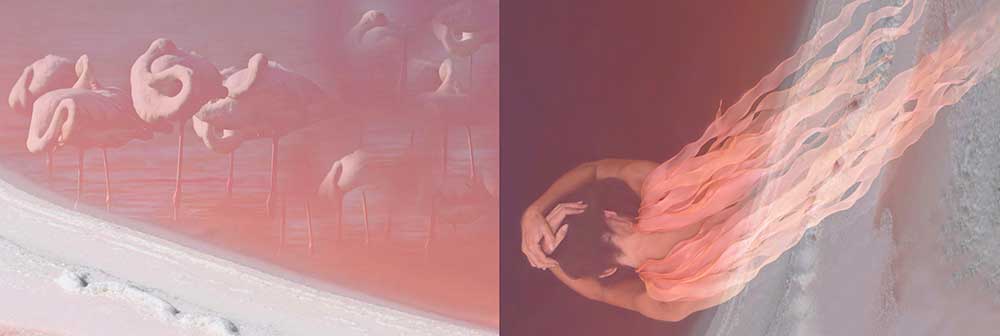
In “Alambicco” series, Paola represents the oscillation between two worlds: the real (the Camargue in this case) and the dreamlike. There is a part of Paola that would like to be multiple, to experience this multiplicity, to give her hope for fulfillment. On the other side there is the fixity of existing, having to be someone that others are used to seeing in you; in between exists the drive for liberation and the will to live as many lives as possible.
Sometimes, that impulse that generates in Paola the need to represent visually what she feels and thinks, leads her to accompany the image with verses and the two urgencies when they arise, arise together. It is possible that while she is shooting she is writing or while she is writing she feels like taking pictures. This makes that, in Paola’s case, text and image should be enjoyed as one, to generate a single sensation.
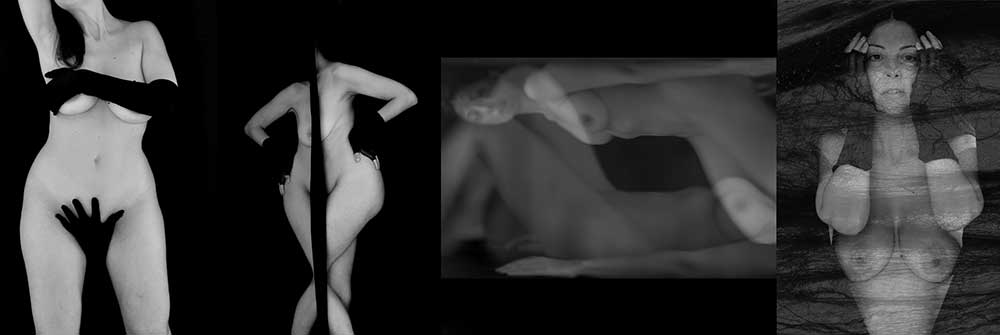
When asked what she thinks about the use of AI in visual arts, Paola replies : “AI fascinates me a lot about the creative potential, however, I do not know how much I will be able to use it. I am not against it, because it can be a new form of art, but it should not be manipulation for its own sake.” She ends the interview by saying that what impressed her about Dodho was the variety and quality of the submissions published; she considers the magazine a beautiful showcase full of very creative people. “It has a broad scope,” she declares.
About Paola Francesca Barone
Of Apulian and Arbereshe origin, Neapolitan by adoption, educated in the humanities (Professor of Latin and Greek), passionate about photography and self-taught. As teenager she began shooting analog with a Zeiss camera from the 50s that her father, an amateur photographer, put in her hand. She then switched to digital. Initially she is attracted to architectural photography, then moves on minimalism, abstractionism and, during the pandemic, self-portrait /portrait and conceptual.
Since 2020,photography has been an emotional diary for her, retaining the trait of discovery and immediacy; even the projects follow inner time more than outer time. The artistic production of recent years is characterized by rarefied and intimist dimension. The study of shadows becomes predominant, using mostly projective materials. Awarded and featured in different magazine, competitions and galleries in the art and non-photographic field.
Photosatriani
I am a curious of life with idealistic tendencies and a fighter. I believe that shadows are the necessary contrast to enhance the light. I am a lover of nature, of silence and of the inner beauty. The history of my visual creations is quite silent publicly but very rich personally, illuminated by a series of satisfactions and recognitions, such as: gold and silver winner in MUSE Awards 2023; Commended and Highly Commended in IGPOTY 2022/19/18, honorable mention in Pollux Award 2019; selected for Descubrimientos PhotoEspaña (2014), Photosaloon in Torino Fotografia (1995) and in VIPHOTO (2014). Winner of Fotonostrum AI Visual Awards 2024. Group exhibitions in: Atlántica Colectivas FotoNoviembre 2015/13; selected for the Popular Participation section GetxoPhoto 2022/20/15. Exhibitions in ”PhotoVernissage (San Petersburgo, 2012); DeARTE 2012/13 (Medinaceli); Taverna de los Mundos (Bilbao); selected works in ArtDoc, Dodho, 1X. A set of my images belongs to the funds of Tecnalia company in Bilbao, to the collection of the "Isla de Tenerife" Photography Center and to the Medicos sin Fronteras collection in Madrid. Collaborator and interviewer for Dodho platform and in Sineresi magazine [Website]


